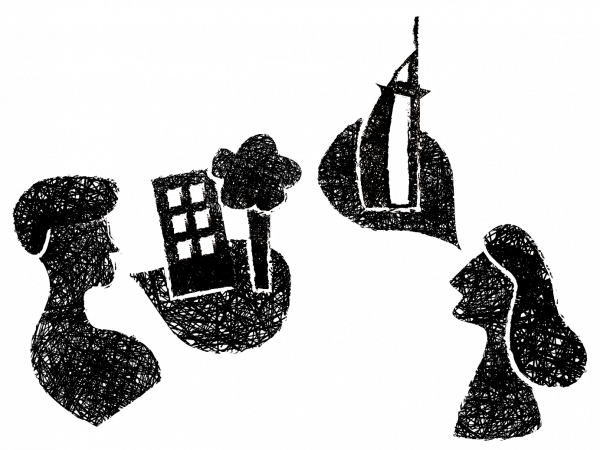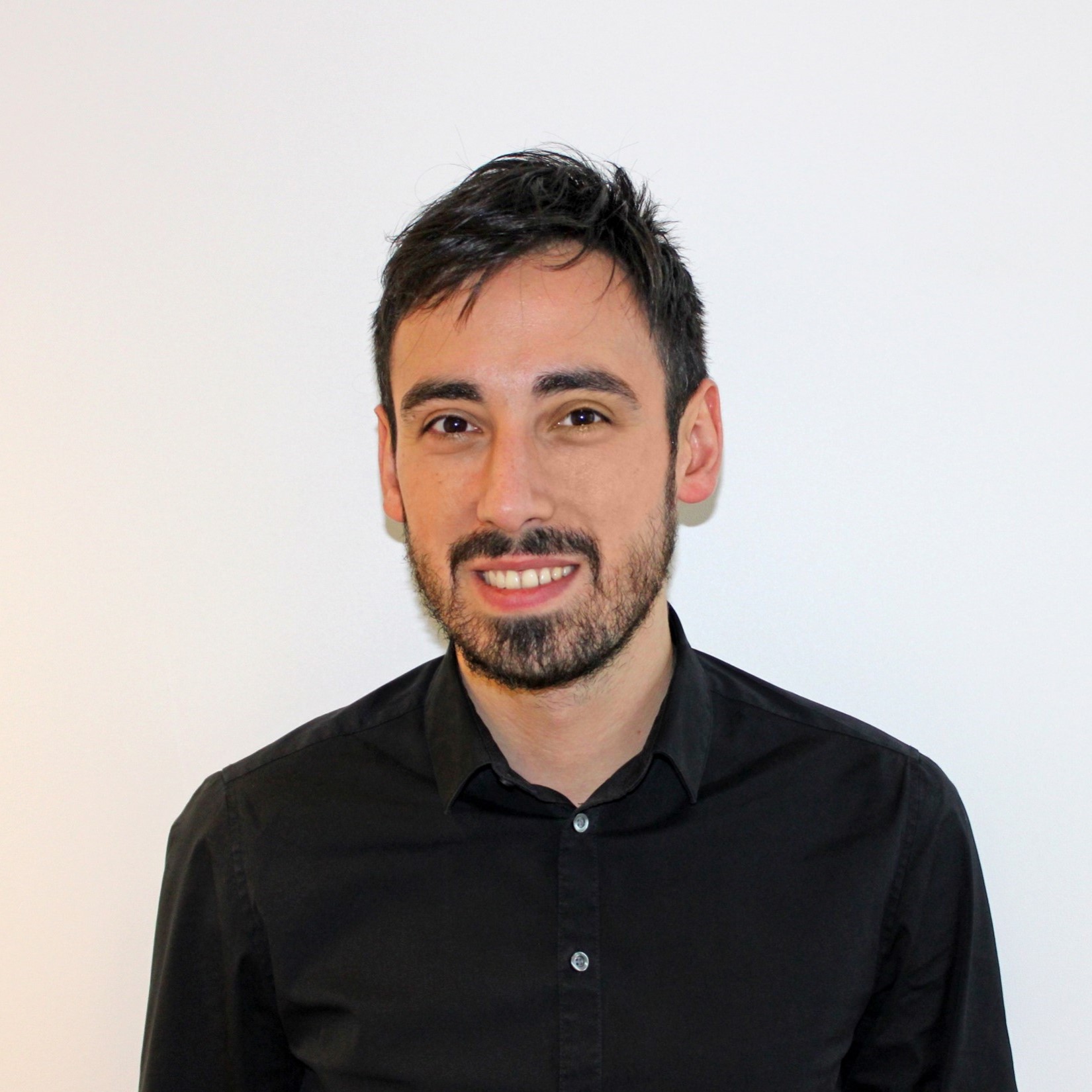- Home
- EN
- Our impact
- ProspeKtive
- Soil, a resource for living, to be considered as a common good

Soil, a resource for living, to be considered as a common good
January 2024
Expert
Since 1981, the average increase in artificial land has been around 60,000 hectares per year[1]. Artificialized land in France has thus increased from 3 million hectares to 5.1 million in forty years, an increase of 70%. Faced with this transformation of the landscape, a number of agronomists are taking an interest in the different forms of land use, and introducing a new field of research: the phenomenon of artificialisation.
With the distinctive feature of being "strongly shaped by human activity"[2], artificial soils modify the physico-chemical qualities of soils, and more particularly their organic matter content, a determining factor for the majority of living organisms[3]. They also play a role in carbon sequestration and greenhouse gas flows: the soil, or more precisely terrestrial processes, forms a receptor for greenhouse gases, absorbing the equivalent of a third of emissions. Preserving our soils is therefore a fundamental issue today.
From artificialization to the Anthropocene
Artificialization cannot be considered without taking into account urbanization processes. Although linked to demographic growth, the rate of artificialisation is massively higher than that of population growth, which has risen by 19% since 1980. This disproportion highlights the over-exploitation of land and raises the question of land management. Our current way of living, structurally dependent on the land, seems at odds with the preservation of this resource.
This paradigm raises the question of the "progressive habitability of the earth's surface"[4], which ultimately involves studying new ways of living in the Anthropocene era.
But how do we move from a continuous anthropization of the planet to a veritable geological era marked by a global transformation of the earth's system? To understand where the tipping point between the Anthropocene and the Holocene lies, we need to characterize a way of living that is probably, among other things, correlated with current climatic consequences. In other words, which way of living has led to the degeneration of our own environment?
Land ownership, between use and status
Asking this question raises the question of our relationship with the soil, the land and land ownership. To understand this, we need to look at ownership, which both conditions the way we appropriate land and habitat, and illustrates the considerations projected onto the land.
Indeed, current uses of land are directly dependent on private property, which corresponds to "the right to enjoy and dispose of things in the most absolute manner, provided one does not make use of them in a way prohibited by laws or regulations"[5]. This classical theory reshaped French customary law from the 12th century onwards, following the rediscovery of Roman law texts compiled in the 6th century by the emperor Justinian. French law differentiated between durable and perishable things, whereas Roman law contrasted fixed and movable things. This categorization shifted the status of land from that of "a perennial and productive thing, offered for enjoyment, but not susceptible of appropriation in itself" to that of "immovables, classed, along with movables, in the category of goods, i.e. appropriated things"[6]. This distinction gives a legitimate right of domination to the owner, who is the free and sole decision-maker on the use of his property.
This legal analysis could lead to a correlation between the private property regime and land uses that are ill-suited to the problems of the Anthropocene. The aim would then be to determine how property can become a support for the production of ecological housing and a way of living that considers land as a common good resource.
[1] Julien Fosse, Objectif « Zéro Artificialisation nette » : quels leviers pour protéger les sols ? [Rapport], Paris, France Stratégie, 2019.
[2] INRA et IFSTTAR, Sols artificialisés et processus d’artificialisation des sols : déterminants, impacts et leviers d’action [Rapport], Paris, ADEME, Ministère de la Transition écologique et solidaire, Ministère de l’Agriculture et de l’Alimentation, 2017., p. 15
[3] IPBES, Rapport de l’évaluation mondiale de la biodiversité et des services écosystémiques [Rapport], Bonn, IPBES secretariat, 2019.
[4] MINGUET Charles, Alexandre de Humboldt. Historien et géographe de l’Amérique espagnole, François Maspero, 1969, cité par Philippe Descola, « Humain, trop humain ? », in Penser l’Anthropocène, Paris, Presses de Sciences Po, Académique, 2018, pp. 19‑35.
[5] Code civil, « Article 544 ».
[6] Sarah Vanuxem, La Propriété de la terre, Marseille, Editions Wildproject, Le Monde qui vient, 2018.., p.24.
Descola Philippe, « Humain, trop humain ? », in Penser l’Anthropocène, Paris, Presses de Sciences Po, Académique, 2018, pp. 19‑35.
Release date: January 2024




